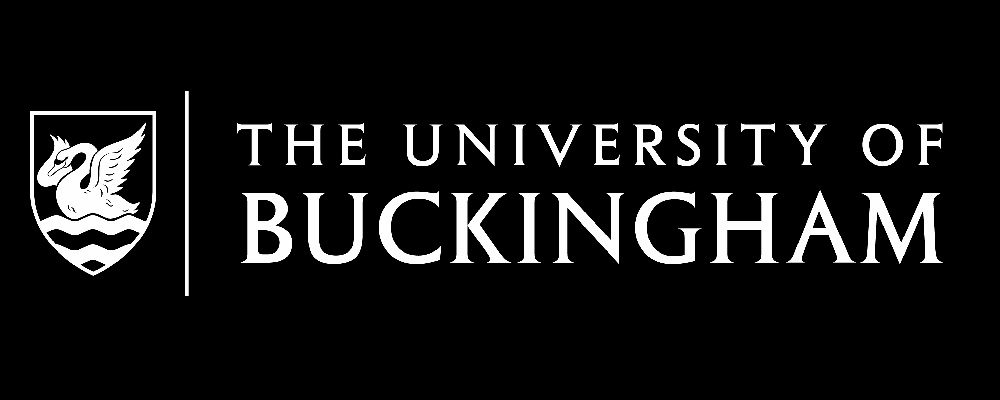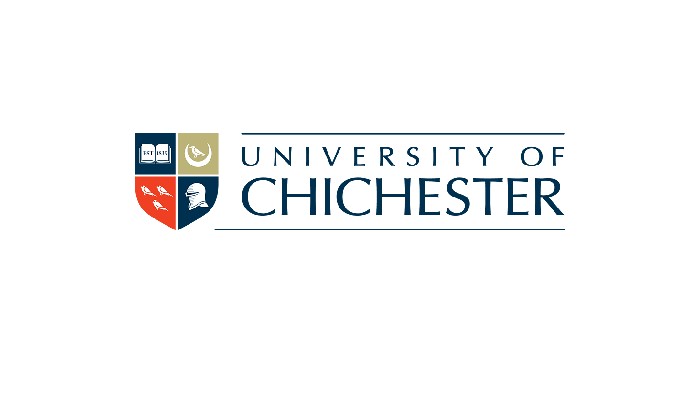University Profiles

Sunderland University - London Campus
On 26 April 2012, the University of Sunderland announced the opening of a new campus at Canary Wharf in London. In 2012/13 the student population of the University of Sunderland London Campus was 2,277.

Swansea University
Swansea University (Welsh: Prifysgol Abertawe) is a public research university located in Swansea, Wales, United Kingdom. It was chartered as University College of Swansea in 1920, as the fourth college of the University of Wales. In 1996, it changed its name to the University of Wales Swansea following structural changes within the University of Wales. The title of Swansea University was formally adopted on 1 September 2007 when the University of Wales became a non-membership confederal institution and the former members became universities in their own right.

Teesside University
Teesside University is a public university with its main campus in Middlesbrough, North Yorkshire in North East England. It has over 21,000 students studying in the UK, according to the 2020/21 HESA student record.

The University of Sheffield
The University of Sheffield (informally Sheffield University or TUOS) is a public research university in Sheffield, South Yorkshire, England. Its history traces back to the foundation of Sheffield Medical School in 1828, Firth College in 1879 and Sheffield Technical School in 1884. University College of Sheffield was subsequently formed by the amalgamation of the three institutions in 1897 and was granted a royal charter as University of Sheffield in 1905 by King Edward VII.

The University of Sunderland
The University of Sunderland is a public research university located in Sunderland in the North East of England. Its predecessor, Sunderland Technical College, was established as a municipal training college in 1901. It gained university status in 1992. It now has campuses in Sunderland, London and Hong Kong and has about 20,000 students.

Ulster University
Ulster University (Irish: Ollscoil Uladh;[7][8][9] Ulster Scots: Ulstèr Universitie[10] or Ulstèr Varsitie),[11] legally the University of Ulster,[12] is a multi-campus public university located in Northern Ireland. It is often referred to informally and unofficially as Ulster, or by the abbreviation UU.[13][14][15] It is the largest university in Northern Ireland and the second-largest university on the island of Ireland, after the federal National University of Ireland.

University College Birmingham
University College Birmingham is a university in Birmingham, England. It was awarded full University status in 2012 along with Newman University.[3] It is not a member of Universities UK.[4]

University College London
University College London, which operates as UCL, is a public research university in London, United Kingdom. It is a member institution of the federal University of London, and is the second-largest university in the United Kingdom by total enrolment and the largest by postgraduate enrolment.

University for the Creative Arts
The University for the Creative Arts is a specialist art and design university in the south of England.

University of Aberdeen
Explore Aberdeen University’s courses, tuition fees, rankings & admission process. Find your ideal program & apply now!

University of Bath
The University of Bath is a public research university located in Bath, Somerset, United Kingdom. It received its royal charter in 1966, along with a number of other institutions following the Robbins Report. Like the University of Bristol and University of the West of England, Bath can trace its roots to the Merchant Venturers' Technical College, established in Bristol as a school in 1595 by the Society of Merchant Venturers. The university's main campus is located on Claverton Down, a site overlooking the city of Bath, and was purpose-built, constructed from 1964 in the modernist style of the time.

University of Bedfordshire
The University of Bedfordshire is a public research university with campuses in Bedfordshire and Buckinghamshire, England. The University has roots from 1882, however, it gained university status in 1993 as the University of Luton. The University changed its name to the University of Bedfordshire in 2006 by the approval of the Privy Council, following the merger of the University of Luton and the Bedford campus of De Montfort University.

University of Birmingham
The University of Birmingham (informally Birmingham University)[8][9] is a public research university located in Edgbaston, Birmingham, United Kingdom. It received its royal charter in 1900 as a successor to Queen's College, Birmingham (founded in 1825 as the Birmingham School of Medicine and Surgery), and Mason Science College (established in 1875 by Sir Josiah Mason), making it the first English civic or 'red brick' university to receive its own royal charter.[2][10] It is a founding member of both the Russell Group of British research universities and the international network of research universities, Universitas 21.

University of Bolton
The University of Bolton (formerly Bolton Institute of Higher Education, Bolton Institute of Technology or simply Bolton Institute) is a public university in Bolton, Greater Manchester, England. It has approximately 6,000 students and 700 academic and professional staff. Around 70% of its students come from Bolton and the North West region.

University of Bradford
The University of Bradford is a public research university located in the city of Bradford, West Yorkshire, England. A plate glass university, it received its royal charter in 1966, making it the 40th university to be created in Britain, but can trace its origins back to the establishment of the industrial West Yorkshire town's Mechanics Institute in 1832.

University of Brighton
The University of Brighton is a public university based on four campuses in Brighton and Eastbourne on the south coast of England. Its roots can be traced back to 1858 when the Brighton School of Art was opened in the Royal Pavilion.It achieved university status in 1992.

University of Bristol
The University of Bristol is a red brick Russell Group research university in Bristol, England.[8] It received its royal charter in 1909,[9] although it can trace its roots to a Merchant Venturers' school founded in 1595 and University College, Bristol, which had been in existence since 1876.[10] Bristol is organised into six academic faculties composed of multiple schools and departments running over 200 undergraduate courses, largely in the Tyndalls Park area of the city.[11] The university had a total income of £752.0 million in 2020–21, of which £169.8 million was from research grants and contracts.[2] It is the largest independent employer in Bristol.[12] Current academics include 21 fellows of the Academy of Medical Sciences, 13 fellows of the British Academy, 13 fellows of the Royal Academy of Engineering and 44 fellows of the Royal Society.[13] Among alumni and faculty, the university counts 9 Nobel laureates. Bristol is a member of the Russell Group of research-intensive British universities,[14] the European-wide Coimbra Group[15] and the Worldwide Universities Network, of which the university's previous vice-chancellor, Eric Thomas, was chairman from 2005 to 2007.[16] In addition, the university holds an Erasmus Charter, sending more than 500 students per year to partner institutions in Europe.[17] It has an average of 6.4 (Sciences faculty) to 13.1 (Medicine & Dentistry Faculty) applicants for each undergraduate place.

University of Buckingham
<br /> <quillbot-extension-portal></quillbot-extension-portal>

University of Cambridge
Another world-class institution, Cambridge boasts a rich history, innovative research, and a picturesque campus.

University of Central Lancashire
The University of Central Lancashire (abbreviated UCLan) is a public university based in the city of Preston, Lancashire, England. It has its roots in The Institution For The Diffusion Of Useful Knowledge, founded in 1828. Subsequently, known as Harris Art College, then Preston Polytechnic, then Lancashire Polytechnic, in 1992 it was granted university status by the Privy Council. The university is the 19th largest in the UK in terms of student numbers.

University of Chester
The University of Chester is a public university located in Chester, England. The university originated as the first purpose-built teacher training college in the UK. As a university, it now occupies five campus sites in and around Chester, one in Warrington, and a University Centre in Shrewsbury. It offers a range of foundation, undergraduate and postgraduate courses, as well as undertaking academic research.

University of Chichester
The University of Chester is a public university located in Chester, England. The university originated as the first purpose-built teacher training college in the UK. As a university, it now occupies five campus sites in and around Chester, one in Warrington, and a University Centre in Shrewsbury. It offers a range of foundation, undergraduate and postgraduate courses, as well as undertaking academic research.

University Of Derby
The University of Derby (formerly Derby College of Art and Technology or simply Derby College) is a public university in the city of Derby, England. It traces its history back to the establishment of the Derby Diocesan Institution for the Training of Schoolmistresses in 1851. It gained university status in 1992.

University of Dundee
The University of Dundee[b] is a public research university in Dundee, a city in the east central Lowlands of Scotland. It was founded as a university college in 1881 with a donation from the prominent Baxter family of textile manufacturers.
